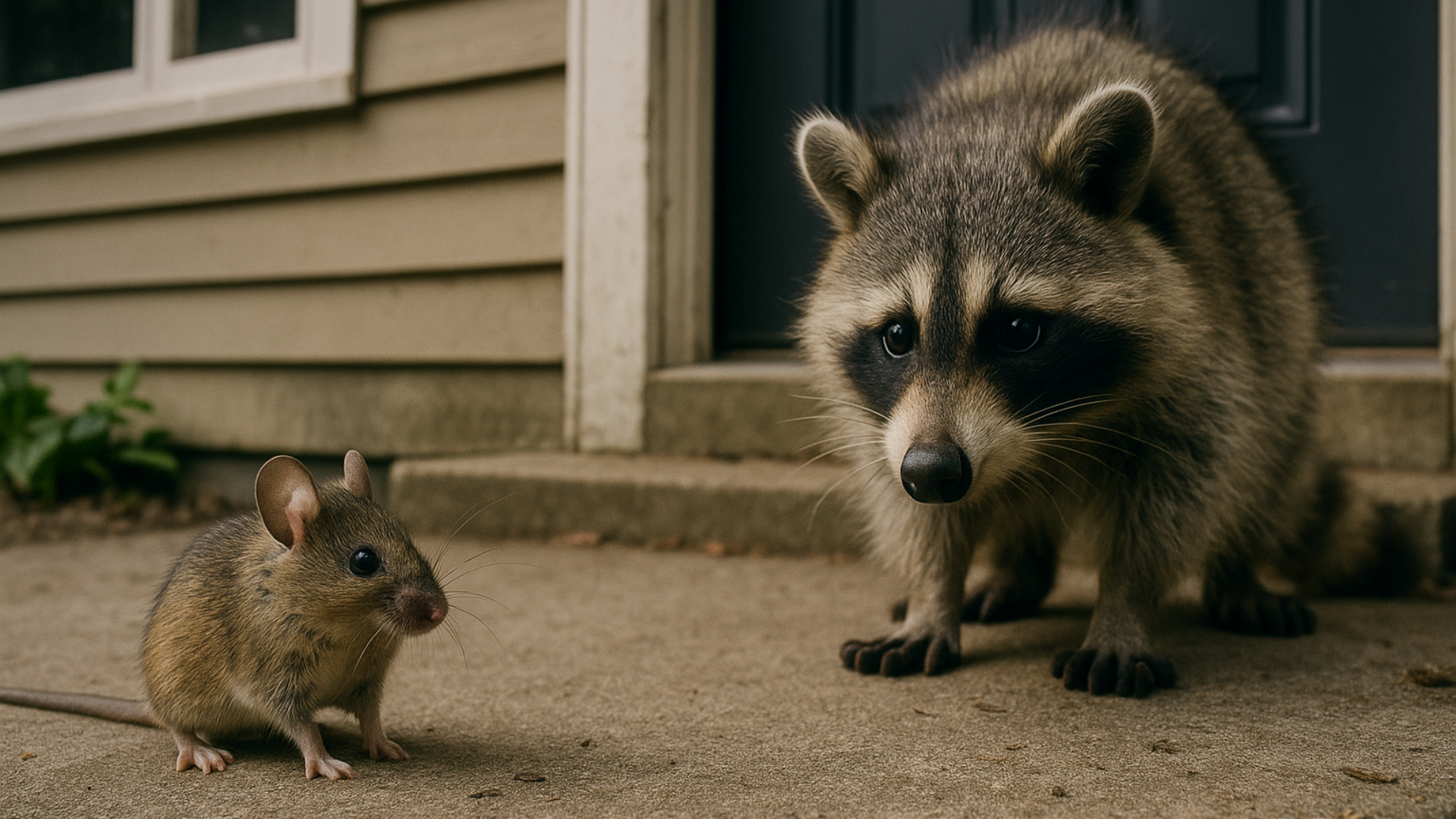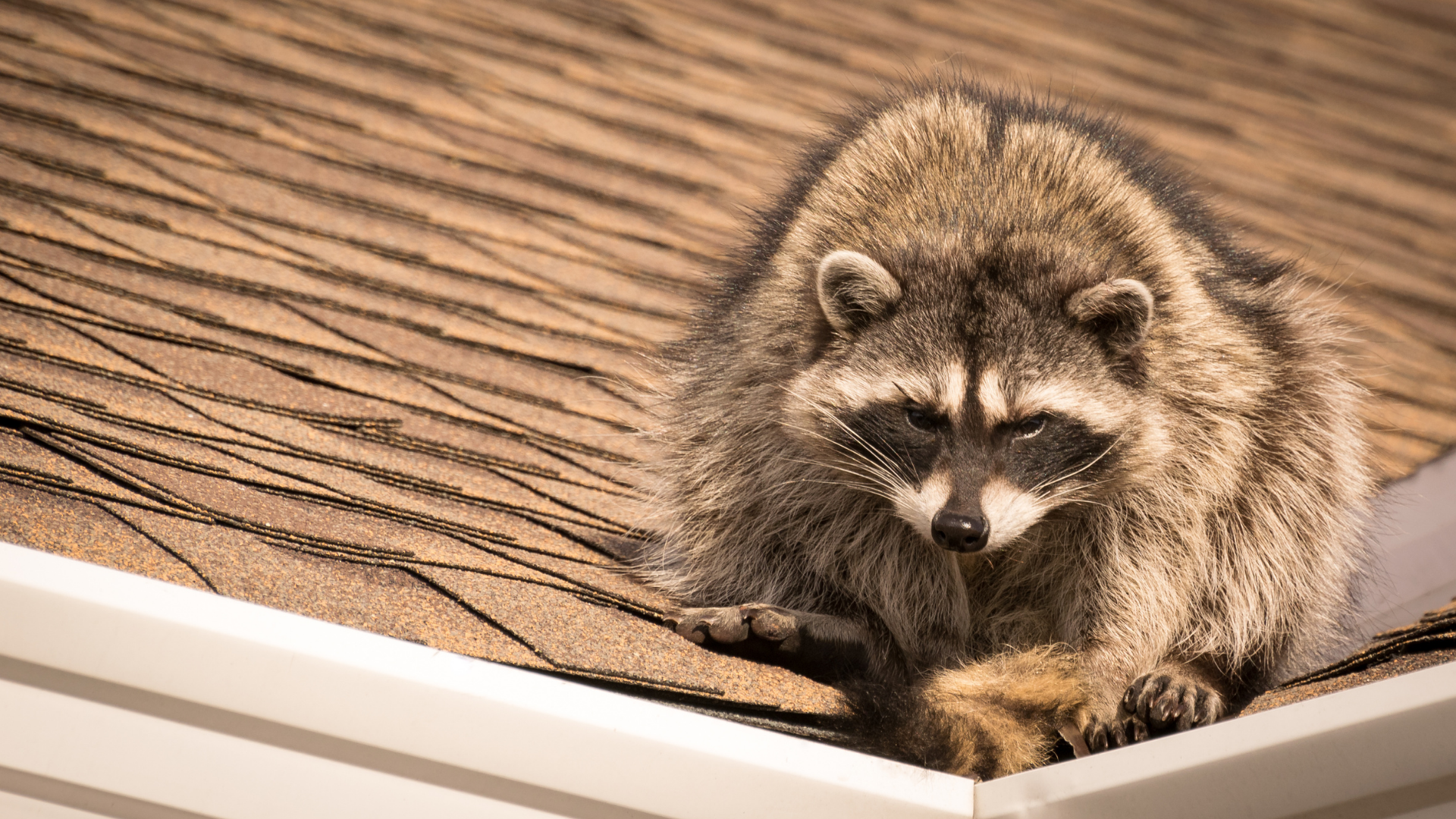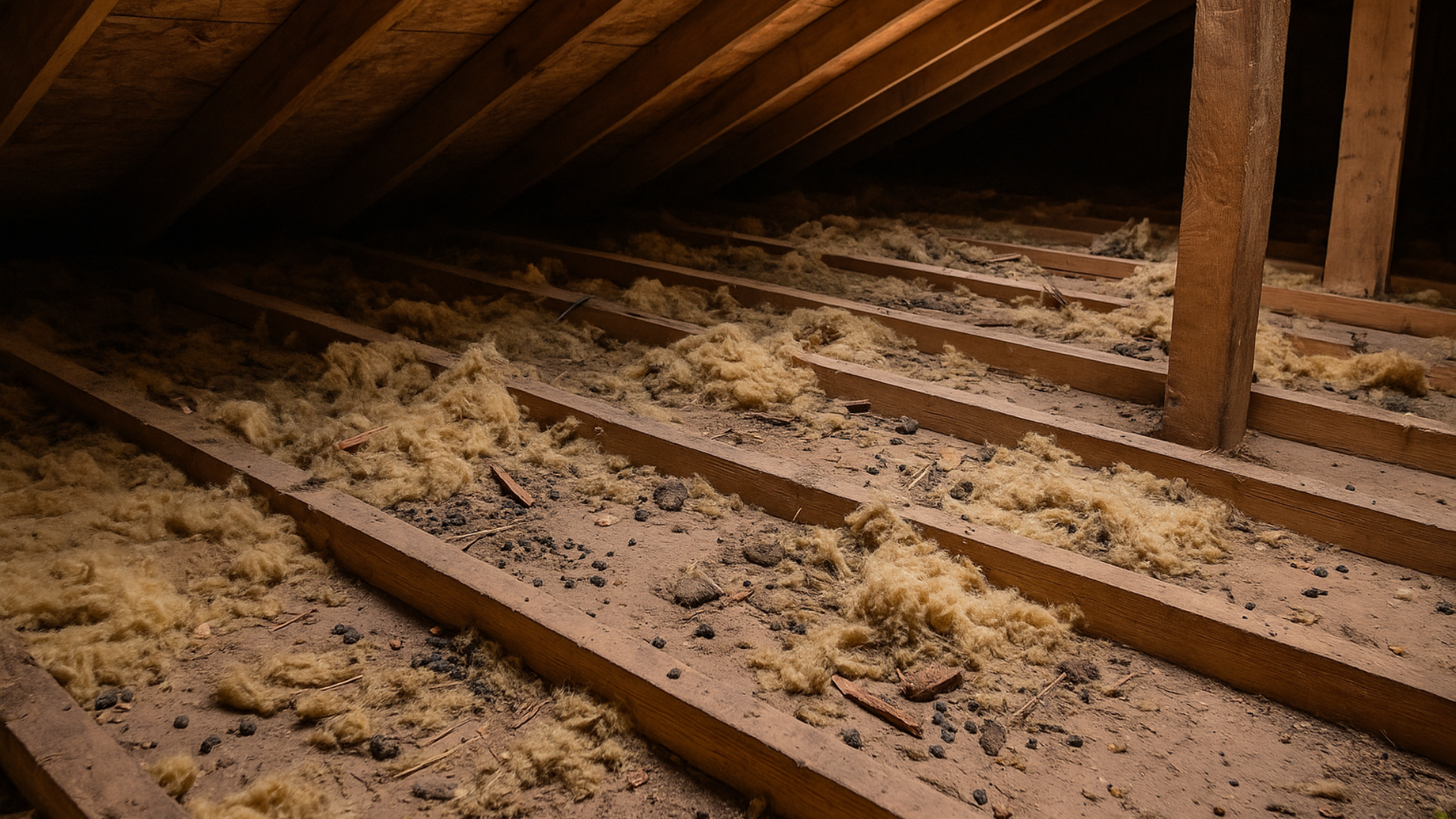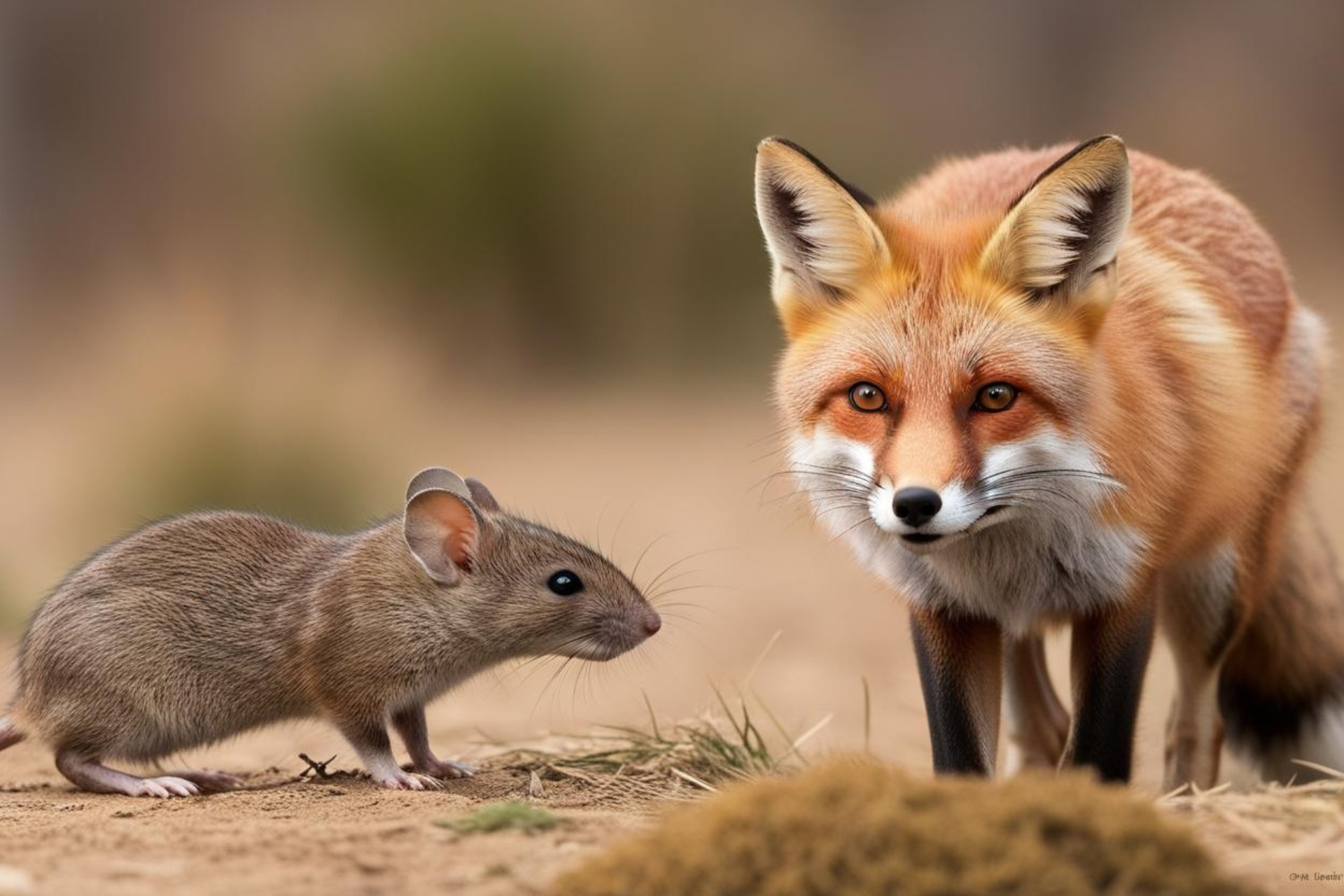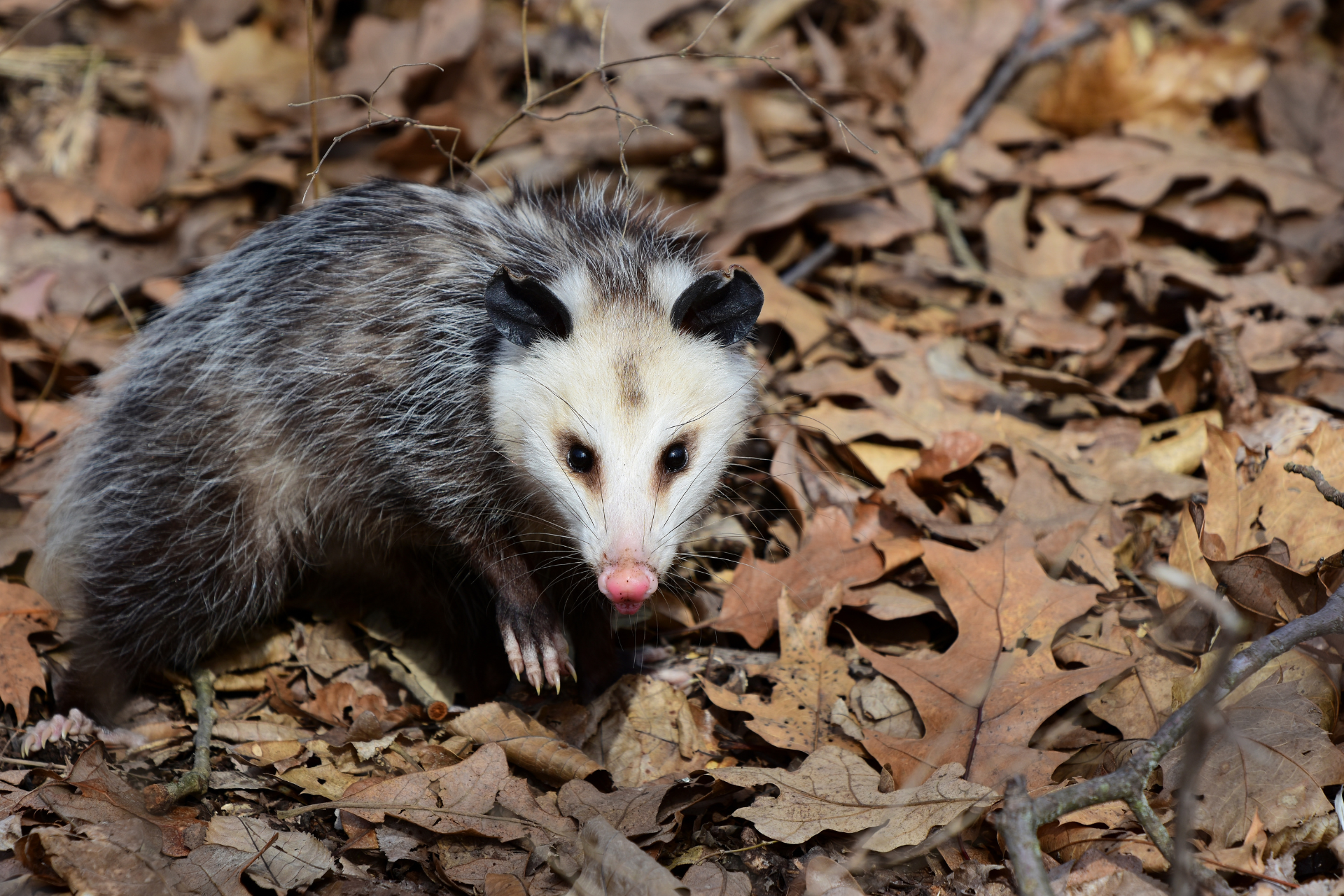How Wildlife Invites Other Pests
Wildlife as Pest Attractors: The Overlooked Connection
It starts with a little scratching above the ceiling. Maybe a few droppings in the garage. Then, without much warning, there’s a full-blown wildlife problem. A raccoon in the attic, squirrels nesting in insulation, or mice chewing through food packaging. It’s easy to think the issue ends with removing the animal—but that’s just the surface. What many people don’t realize is how quickly a wildlife intrusion can snowball into a broader pest problem. Once an animal takes up residence in or around a structure, it often leaves behind more than a few chewed wires. It creates an environment that draws in a whole new set of problems.
Wildlife isn’t just a nuisance on its own—it acts like a magnet for insects and parasites. That raccoon in the attic? It might be carrying fleas. The family of opossums under the deck? They’re shedding ticks with every move. Even if the initial intruder is removed, the conditions it leaves behind can stay active for a long time, attracting pests that thrive in damp, contaminated, or undisturbed environments. That’s why professional removal is about more than getting animals out—it’s about stopping the ripple effect before it gets worse.
Wildlife As A Source Of Parasites And Contamination
When an animal makes its way into a home, it often brings its parasites with it. Fleas and ticks are two of the most common tagalongs. These pests don’t just stick with the animal—they’ll jump ship the moment they find a better host, including humans and pets. Fleas can breed in carpeting and insulation, while ticks may stay hidden in cracks and corners, waiting for another blood meal. Wildlife doesn’t have to stay long to start a flea infestation that becomes increasingly difficult to control over time.
Bats, rodents, and raccoons are known to carry mites as well, which can invade bedding, stored fabrics, and soft furniture. These microscopic pests can cause skin irritation and itching, often without people realizing the source. Once they’re inside, they don’t need much to survive.
Beyond parasites, animals leave behind biological waste that attracts insects looking for decaying material. Droppings, urine, food scraps, and nesting debris become food for flies, beetles, and roaches. In some cases, wildlife dies in wall cavities or tight crawlspaces, and the carcass quickly becomes a breeding ground for maggots and scavengers. That attracts even more pests—creating a cycle that’s harder to interrupt with time.
Once a space is contaminated, it becomes easier for pests to gain a foothold. Moisture levels go up. Surfaces stay soiled. The smell of organic waste lingers, drawing in scavengers from outside. Even after the original animal is long gone, the space continues to function like a welcome mat for insects and smaller pests that thrive in those conditions.
Damage That Opens The Door To More Problems
Most animals don’t sneak into homes with subtlety. They claw, chew, tear, and dig their way in. Roof shingles, soffits, siding, vents, insulation—none of these are off-limits. That damage creates more than just repair bills. It creates new access points for other pests to explore. A hole made by a squirrel might be widened by birds or allow in bees. A broken foundation vent chewed open by rats could turn into a snake’s new hunting ground.
Rodents in particular cause damage that attracts insects. Their constant chewing damages insulation, exposing warm air in winter and cool air in summer, which creates condensation. That moisture then encourages the growth of mold and mildew, which attracts fungus gnats, silverfish, and other moisture-loving bugs. Chewed wiring can spark, increasing fire risks, but it also heats up localized areas—again creating a warm zone that pests are drawn toward.
When insulation is shredded and moved around, it’s harder for air to circulate correctly. That uneven temperature regulation creates microclimates in attics and crawlspaces where insects and bacteria thrive. If an animal builds a nest using organic material—like leaves, cloth, or cardboard—it becomes a damp, compacted mass where beetles and roaches can easily reproduce.
Ducts and pipes are another route wildlife and secondary pests exploit. If an animal finds its way into ductwork, even briefly, the contamination can be spread throughout the HVAC system. That leads to poor air quality, but it also creates a trail that insects follow. Many pests rely on scent, moisture, and airflow to navigate. Damage to ducts, insulation, or floor seals allows bugs to move freely between spaces they wouldn’t have reached otherwise.
Gnawed-through gaps in door sweeps or around crawlspace vents also allow smaller ground-dwelling pests like centipedes, ants, and earwigs to enter parts of the home they’d normally be locked out of. Once inside, those pests often remain hidden, thriving in the same dark, damp conditions that wildlife has already created. In many cases, homeowners don’t realize what they’re dealing with until the problem has grown significantly.
Why Wildlife Removal Must Include Clean-Up And Exclusion
Getting an animal out of a space is a major step—but it’s not the final one. Without thorough cleanup and sealing of entry points, the stage remains set for the next problem. The lingering scent of waste, nesting materials, or previous activity continues to broadcast a message to other wildlife and pests that the space is unoccupied and suitable.
Professional wildlife removal goes beyond a trap. It involves identifying how the animal got in, what damage it caused, what it left behind, and how to reverse those effects. Contaminated insulation may need to be removed. Attic or crawlspace areas should be cleaned, deodorized, and dried out. Vents, holes, and gaps must be repaired using materials that resist chewing or clawing. Otherwise, insects continue to find access points, and new animals may follow the scent trail left behind.
Spraying over the area with a generic cleaner or tossing in a few traps won’t address the long-term problem. Insects don’t need much to survive. Flea eggs can stay dormant for weeks before hatching. Ticks can live quietly along baseboards or in crawlspaces for long periods, feeding only once in their life cycle. Mites may reproduce in fabrics or storage areas with very little moisture or food.
Professional cleanup after wildlife removal includes using targeted disinfectants, replacing heavily soiled materials, and treating the area for residual pests. It also includes checking connected spaces—like wall cavities, ductwork, or insulation layers—for secondary signs of infestation. Once the structure is secure and cleaned the conditions that attracted pests in the first place start to disappear.
Exclusion isn’t just about closing off entry points. It’s about recognizing how an animal used the structure and adapting future defenses to that behavior. For example, a vent that was torn open by raccoons may need to be reinforced with hardware cloth instead of just being replaced. A foundation gap might require sealing plus grading adjustments to redirect water that keeps soil soft and easy to tunnel through. The more precise the exclusion, the harder it is for pests to make a return.
At Veterans Pride Wildlife Control, we understand how quickly a wildlife issue can turn into something bigger. That’s why we approach each job with a plan to not only remove the animal, but to help protect the structure from what might come next. If you've noticed signs of animal activity—or pests that seem to show up out of nowhere—it could be time for a full inspection. We're here to help you take care of the problem at the source. Contact us today for more information.


